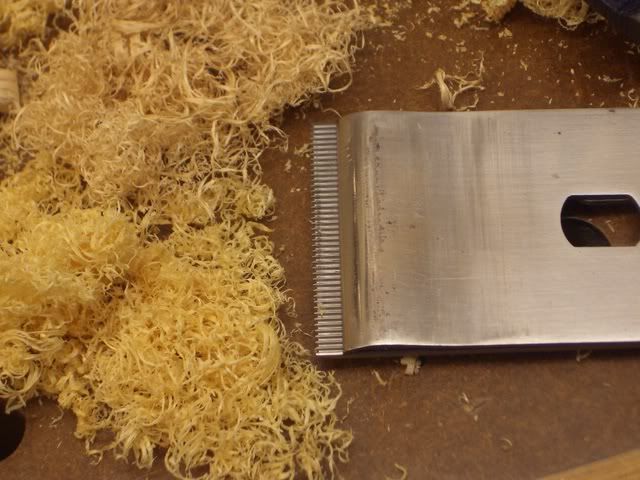eoinsgaff
Established Member
I've got a wallet 'burning a hole in my pocket' even though its as good as empty. In another thread I've out lined some problems I've had with a Bedrock 605 and I'm seriously thinking of buying a new LN jack.
https://www.ukworkshop.co.uk/forums/bedr ... 42789.html
So, is the 5 1/2 worth the extra cash over the No. 5 and if so why?
Of course this has also got me thinking about getting myself a fully fledged joiner plane. I've have a No. 6 fore plane, also a Bedrock, which is fine but, again theres that burning sensation down the outside of my right thigh. So, as with the jack plane, is the no 8 worth the additional cash over the no. 7 and why?
I've a fair idea of the answer to both but I hope everybodies input will help crystallize my thoughts.
Many thanks
Eoin
https://www.ukworkshop.co.uk/forums/bedr ... 42789.html
So, is the 5 1/2 worth the extra cash over the No. 5 and if so why?
Of course this has also got me thinking about getting myself a fully fledged joiner plane. I've have a No. 6 fore plane, also a Bedrock, which is fine but, again theres that burning sensation down the outside of my right thigh. So, as with the jack plane, is the no 8 worth the additional cash over the no. 7 and why?
I've a fair idea of the answer to both but I hope everybodies input will help crystallize my thoughts.
Many thanks
Eoin


































